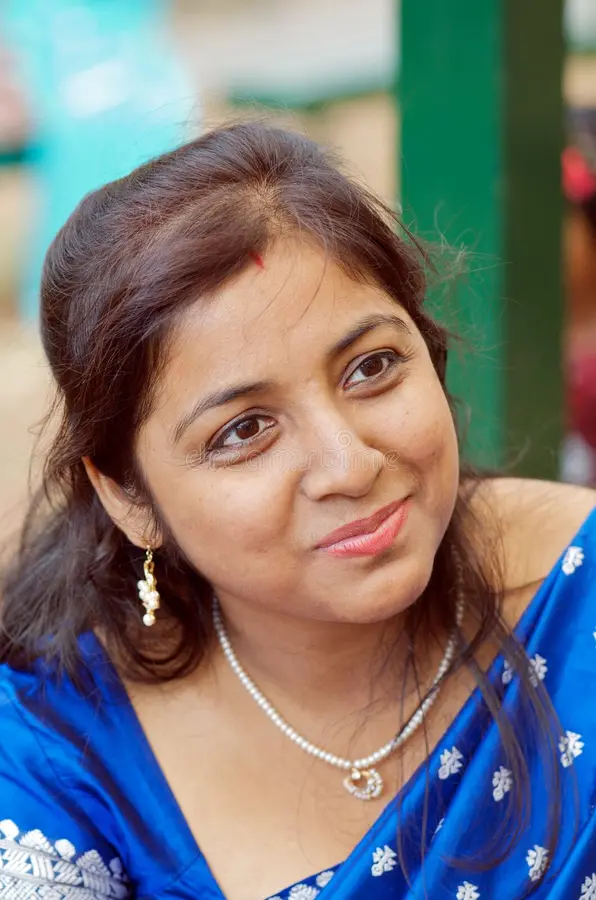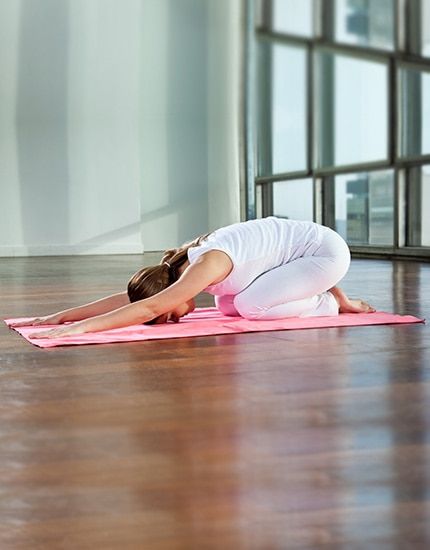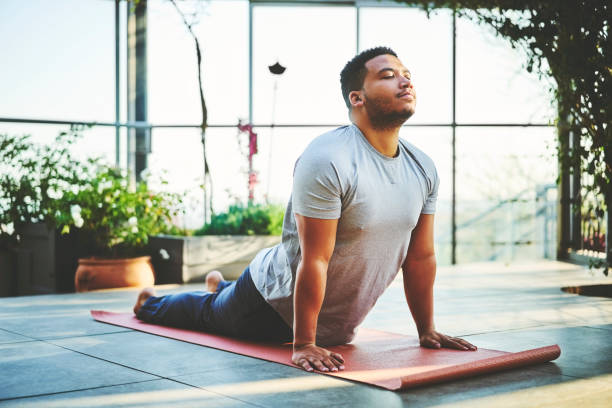
Chronic back pain is one of the most common health issues worldwide, affecting millions across all ages. Yet for some, it becomes a persistent, life-altering condition. This story chronicles the journey of Shraddha, a 41-year-old marketing supervisor from Pune, whose chronic back pain remained unresolved despite years of medical interventions, until she found healing through yoga.

Table of Contents
Background:
I am Shraddha, a 41-year-old marketing supervisor from Pune, who has been struggling with chronic back pain for over seven years. A combination of sedentary work and poor posture contributed to persistent pain that affected my daily life, sleep, and mental health.
I led a typical modern lifestyle: long hours at a desk, minimal physical activity, and high-stress deadlines. My work demanded intense focus and prolonged sitting habits that silently wore down my physical health over time.
Onset of Chronic Back Pain and Escalation:
I first noticed occasional lower back stiffness in my early 30s, particularly after long days at work. I initially dismissed it as fatigue or muscle soreness.
By 36, the pain became a daily reality. Simple tasks like lifting laundry, driving, or sitting through a meeting became difficult. Sleep was disrupted due to sharp, radiating pain, and I began experiencing emotional fatigue and mild depression from the chronic discomfort.
Medical History & Interventions Of Chronic Back Pain:
I pursued every conventional route in search of relief:
Physical Therapy (2 years):
I was referred to physical therapy and committed diligently to weekly sessions. While exercises initially improved my mobility and reduced pain somewhat, the benefits plateaued. I felt stronger but not pain-free.
Chiropractic Care (1.5 years):
I found temporary relief through spinal adjustments, but the pain always returned within days. I became reliant on frequent visits to function.
Medications:
Doctors prescribed muscle relaxants, which dulled the pain but caused side effects like gastrointestinal discomfort, foggy thinking, and fatigue. I disliked depending on pills daily.
Steroid Injections:
Over two years, I underwent three epidural steroid injections, each bringing temporary relief lasting a few weeks to a couple of months. But the pain always came back.
Imaging and Diagnosis:
MRI scans revealed mild degenerative disc disease, with some disc thinning in the lumbar spine, but nothing severe enough to warrant surgery. I was told my condition was “manageable,” but nothing felt manageable to me anymore.
At 40, I hit a breaking point. “I was exhausted not just physically, but emotionally. I started thinking this was just going to be my life forever. That scared me.”

Turning Point: Introduction to Yoga:
A friend recommended yoga. I was skeptical. I assumed yoga was about flexibility, something I didn’t have. I feared it might worsen my condition. But desperate for any non-invasive solution, I joined a therapeutic yoga class at a neighborhood studio known for its focus on healing.
My instructor was certified in yoga therapy and had experience working with clients with spinal injuries and chronic pain. I offered a customized approach, urging me to “listen to my body, not push through pain.”
First 4 Weeks: Gentle Beginnings
My initial sessions involved:
- Pranayama: Focusing on deep belly breathing to relax the nervous system.
- Restorative Poses: Held with support, Legs-Up-the-Wall (Viparita Karani), Reclining Bound Angle Pose (Supta Baddha Konasana).
- Cat-Cow Pose: To gently awaken the spine.
- Child’s Pose & Supine Twists: For gentle spinal decompression.
Each class ended with guided meditation, which I initially found awkward but later came to enjoy.
Physical and Emotional Shifts:
Month 1–2: Subtle Changes
I began noticing:
- Slight decrease in pain intensity during the day
- Improved sleep, especially on nights after yoga
- A growing sense of calmness and emotional resilience
I was still cautious, but for the first time in years, I felt hopeful.
Month 3–4: Rebuilding Strength
As my confidence grew, so did my movement. My instructor introduced:
- Bridge Pose (Setu Bandhasana): To activate the glutes and support the lower back
- Downward Dog Pose: To stabilize the core and spine
- Chair Pose (Utkatasana) with wall support
- Pelvic Tilts and Modified Downward Dog
I also started a daily 10-minute home practice using YouTube videos my instructor recommended.
Month 5–6: Transformation
At six months, the change was profound:
- Pain levels dropped by over 80%
- I stopped taking all medications
- My posture improved, and my body felt stronger and more aligned
- My mood, energy levels, and self-image improved drastically
Long-Term Integration Of Chronic Back Pain:
A year into my yoga journey, I had transitioned to moderate Vinyasa yoga, attending three classes per week and doing short daily stretches. I also became more mindful of my sitting habits, took walking breaks during work, and adjusted my desk ergonomics.
Conclusion:
Shraddha’s story is a powerful testament to the potential of yoga as a holistic, sustainable healing modality for chronic back pain. While every case is unique, her journey illustrates that true healing often comes from within, when we harmonize mind, body, and breath.
Reference articles:
- https://www.healthline.com/health/fitness-exercise/yoga-for-back-pain
- https://www.health.harvard.edu/staying-healthy/the-safe-way-to-do-yoga-for-back-pain
- https://www.artofliving.org/in-en/yoga/yoga-sequences-for/back-pain-relief-quickly
- https://www.youtube.com/watch?v=1iuRqY7eYkI&pp=ygUGI2ttcjIw




